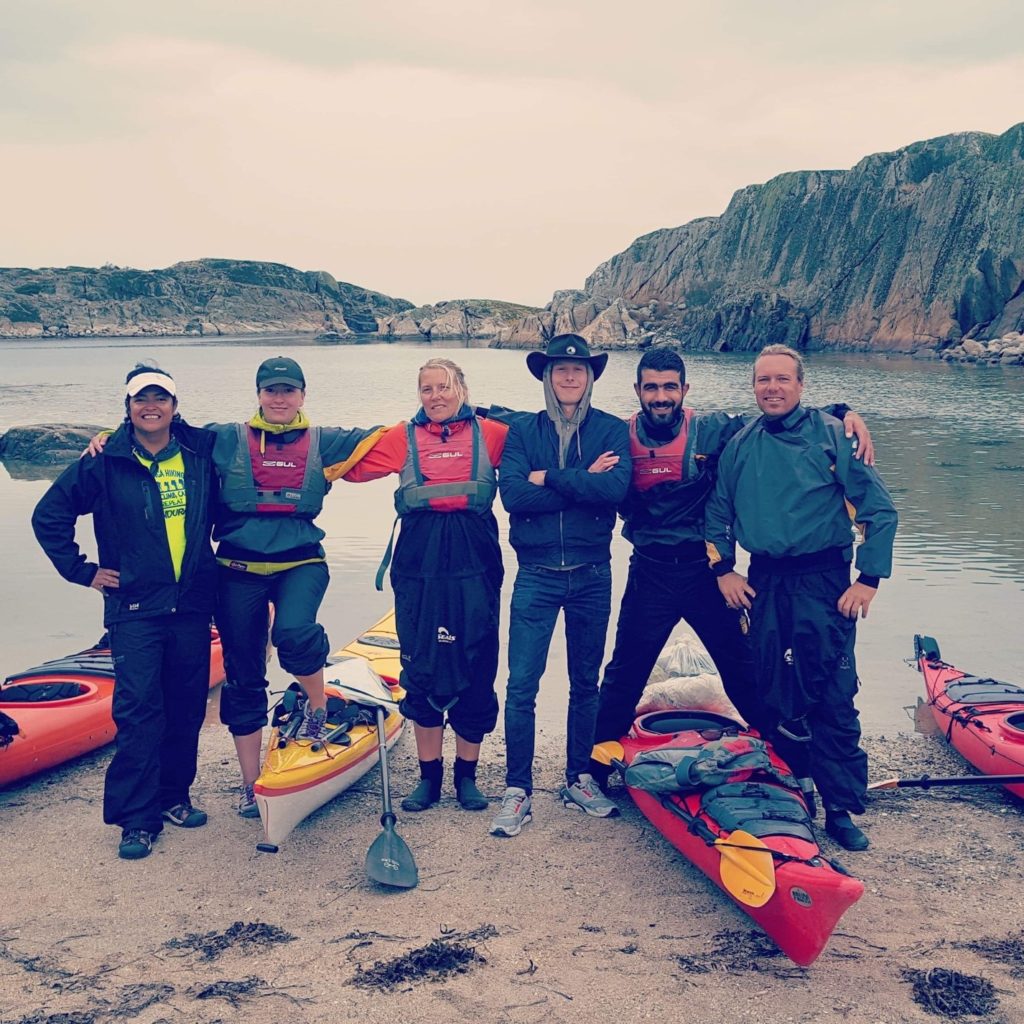Kullaberg Nature Reserve (Kullaberg) is located in the north-west corner of Scania province in Sweden. The peninsula is surrounded by the mixed salt waters from Skagerraky and brackish waters of the Baltic Sea, which enables favorable conditions for the habitat of a unique marine and terrestrial flora and fauna.
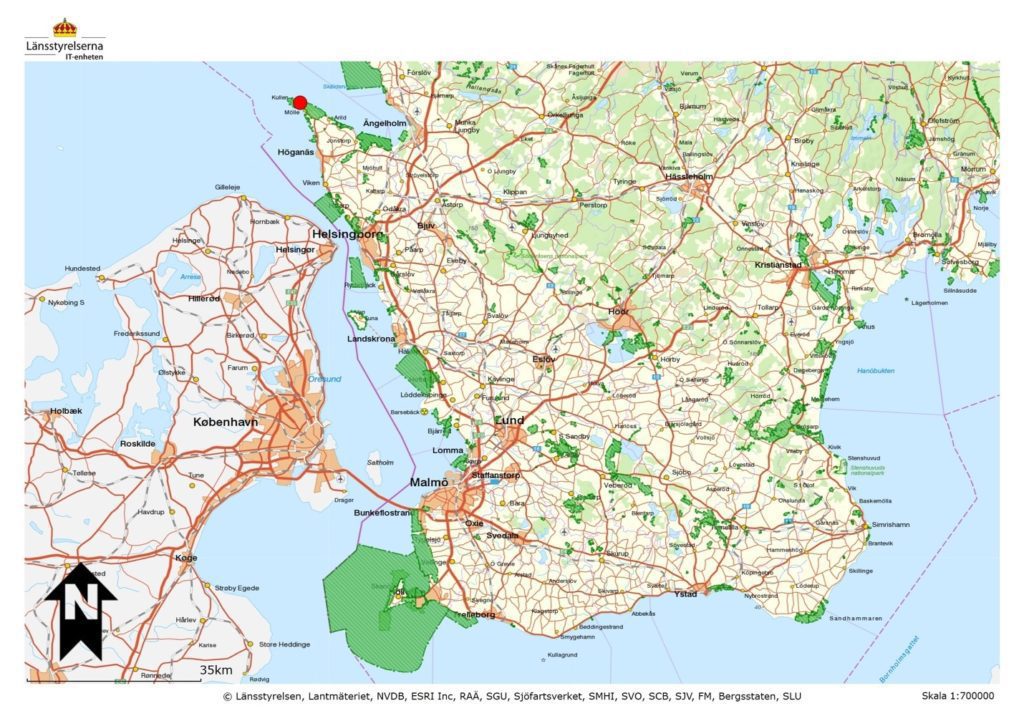
The protected area is funded by the Swedish Environmental Protection Agency (Naturvårdsverket). The County Administrative Board of Scania (County Board) is in charge of the administration of human and economic resources.
The County Administrative Board of Scania
The function of the County Board is to be a representative of the state in their respective counties, and serve as a link between the inhabitants, the municipal authorities, the Central Government, the Swedish Parliament, and the central state authorities. The County Board has an important role in environmental and climate initiatives in the county. It coordinates environmental efforts, provides information and works with environmental goals and environmental monitoring, water management, as well as climate and energy issues. The County Board is also in charge of development, implementation, and monitoring of conservation plans for Natura 2000 sites.
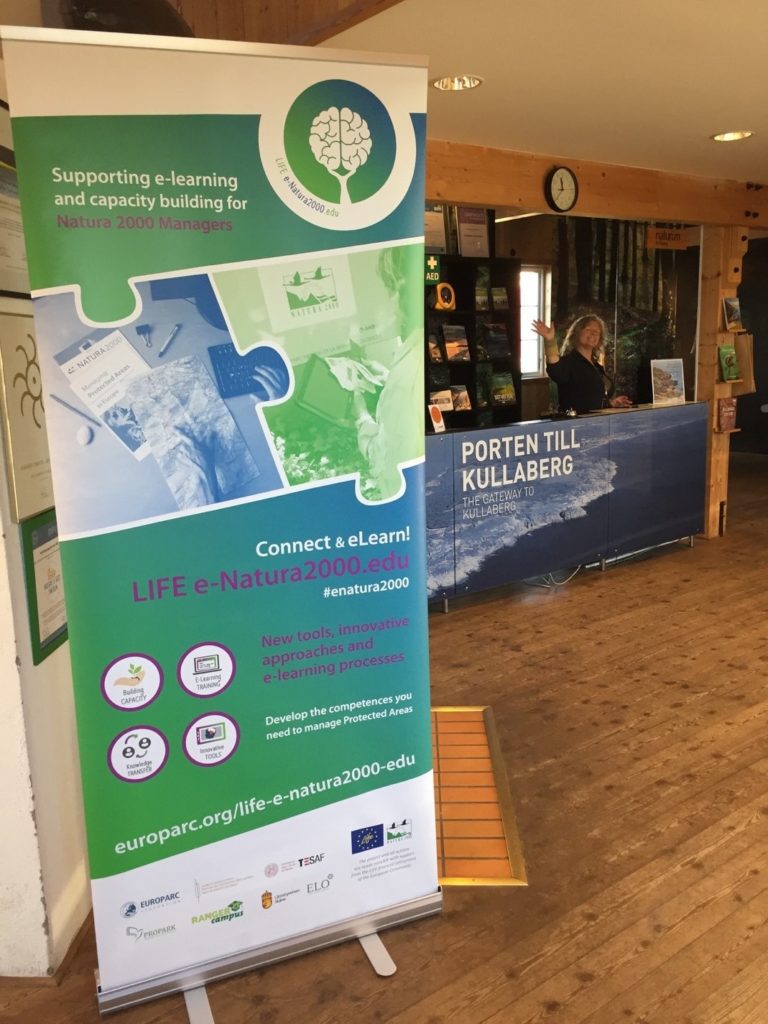
About the Reserve
Kullaberg Nature Reserve has the status of protected area under the category V of the IUCN.
The Reserve has the protection of Habitats Directives (habitat and species protection) and Birds Directive (for the protection of birds) leading to the declaration in 1996 of Special Protection Areas (SPAs) automatically becoming part of Natura 2000. Located in Continental biogeographic region, it protects 12 species of the Natura 2000 Directives and 19 habitat types of the Habitats Directive. In 1997 it was proposed as Site of Community Importance (SCI), based on the importance of habitats and its fauna; in 2004 the proposal was approved. In 2011 Kullaberg Nature Reserve was declared to be a Special Area of Conservation (SACs).
Kullaberg Nature Reserve is divided in two nature reserves: In 1965 the eastern part was classified as a nature reserve and in 1971 the western part, also received the same classification, both areas have a total of 1,000 hectares. Later on in 1986, more than 350 hectares were designated around the coast as a marine reserve, making a total of 1,358 hectares of nature reserve. The western part of Kullaberg is owned by the Swedish Environmental Protection Agency, while the County Board is in charge of administration and management. The eastern part of the reserve is owned by the Krapperup Foundation, since the year 2017 the County Board bought the right to administrate the forest in this part.
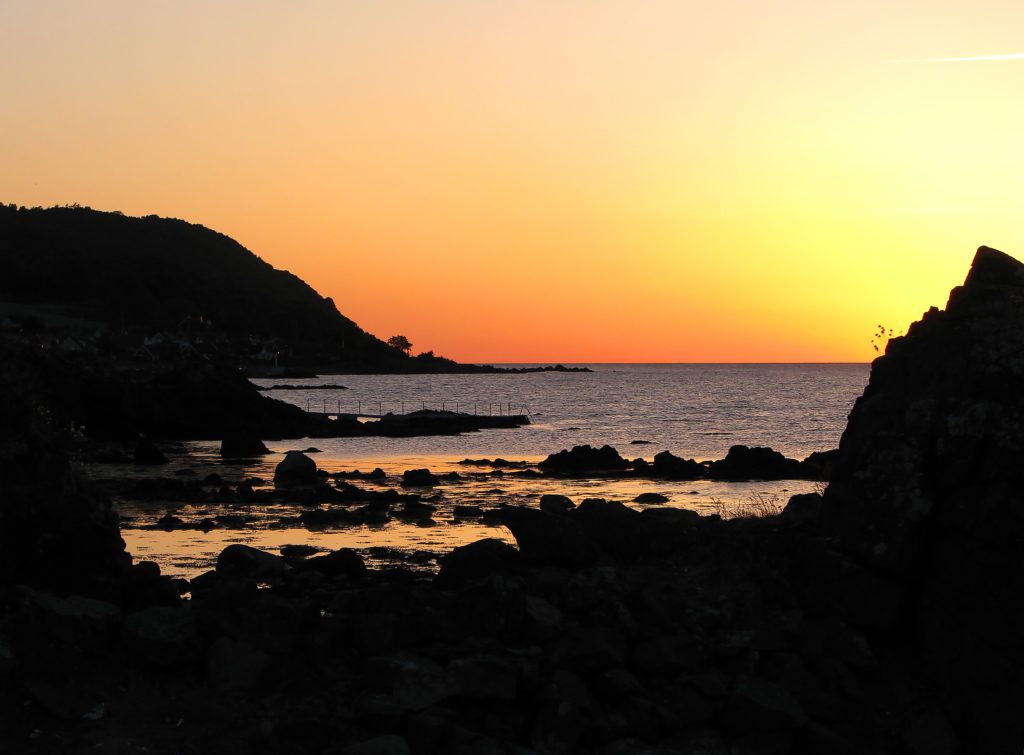
The Management Plan for Kullaberg includes regulations applied to both Eastern and Western parts of the Reserve. A new updated version of this plan is currently being prepared. There is also a Conservation Plan for Natura 2000, it is a specific plan for the protection and restoration of habitats and species of community interest at a favorable status.
Interview with Elena Bazhenova, Project Coordinator at Kullaberg Nature reserve
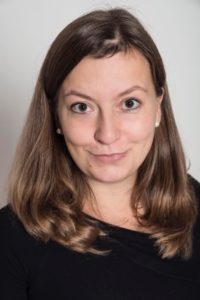
About yourself: What is your background? What are your responsibilities in the Kullaberg Nature Reserve?
My professional background is mainly project management in the field of sustainable development in international organizations and most recently in the public sector in Sweden. My core interest has always been in the intersection of biodiversity conservation and promotion of sustainability in the private sector. Since 2017 Kullaberg Nature Reserve has been declared a sustainable tourism destination under European Charter of Sustainable Tourism administered by EUROPARC Federation. I was part of the team when we prepared everything to become a sustainable destination and my current role is mainstreaming sustainability in strategies and operations of the tourism business community around Kullaberg Nature Reserve.
About Kullaberg: What is the role of Kullaberg Nature Reserve in the project? Who will be involved? In what this project will benefit Kullaberg reserve?
We (Kullaberg Nature Reserve) are acting as a testing ground for the new methods and tools being developed through the project. We are contributing to all project actions in a way, but specifically, our staff members will be testers of the Training Needs Analysis tool (TNA), users of capacity building e-learning tools and methods and we will also host one of the three face-to-face core competency workshops at Kullaberg. We have already started testing the TNA and identified quite a few opportunities for professional growth.
About Natura 2000. What part of your daily work linked to Natura 2000 do you perceive as the most complicated?
My work is focused on sustainable tourism development in the area and my daily work is not directly linked to Natura 2000. So the most complicated part for me is actually to make sure that I keep learning and stay updated about different aspects and nuances of applied Natura 2000 management and observe how existing regulations, stakeholder engagement and collaboration within different departments within County Board are related to what I’m doing. In that sense participation in this project came just in time for me personally.
Online tools: Have you followed any online training? What is your experience?
I believe in lifelong learning and take different online courses every now and then both for professional development and just for fun – Environmental Law, data analysis or a cooking master class, you name it! Many people are critical or skeptical about online learning but I prefer to focus on the positive sides, such as accessibility of education anytime and anywhere in the world, and this incredible feeling that we all are connected and we all have equal access to information. As a part of learning, in a virtual classroom, you do not just absorb the information, you also meet a lot of amazing people and ideas from all over the globe that you would not be able to meet otherwise. In my experience, online learning is perfect if it can be combined with a peer-to-peer format or other modes of direct communication with both teachers and fellow students.
What are your particular expectations from the project?
It is very important for us as professionals to understand where we stand now and how we can become better, both in terms of the level of knowledge and practical skills. At the same time, it is essential that we feel better connected to the broader community of Natura 2000 managers in EU, develop a sense of belonging and understanding of how we fit at the higher level of Natura 2000 network. From that, I believe understanding about our attitudes would evolve inevitably as well. Finally, we at Kullaberg like learning new things while having fun together as a team, and so far this project seems to be one more of those adventures that we like so much. It’s an extra opportunity for bonding and growth.
